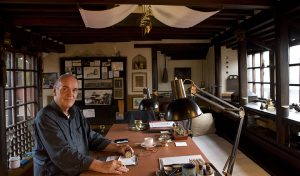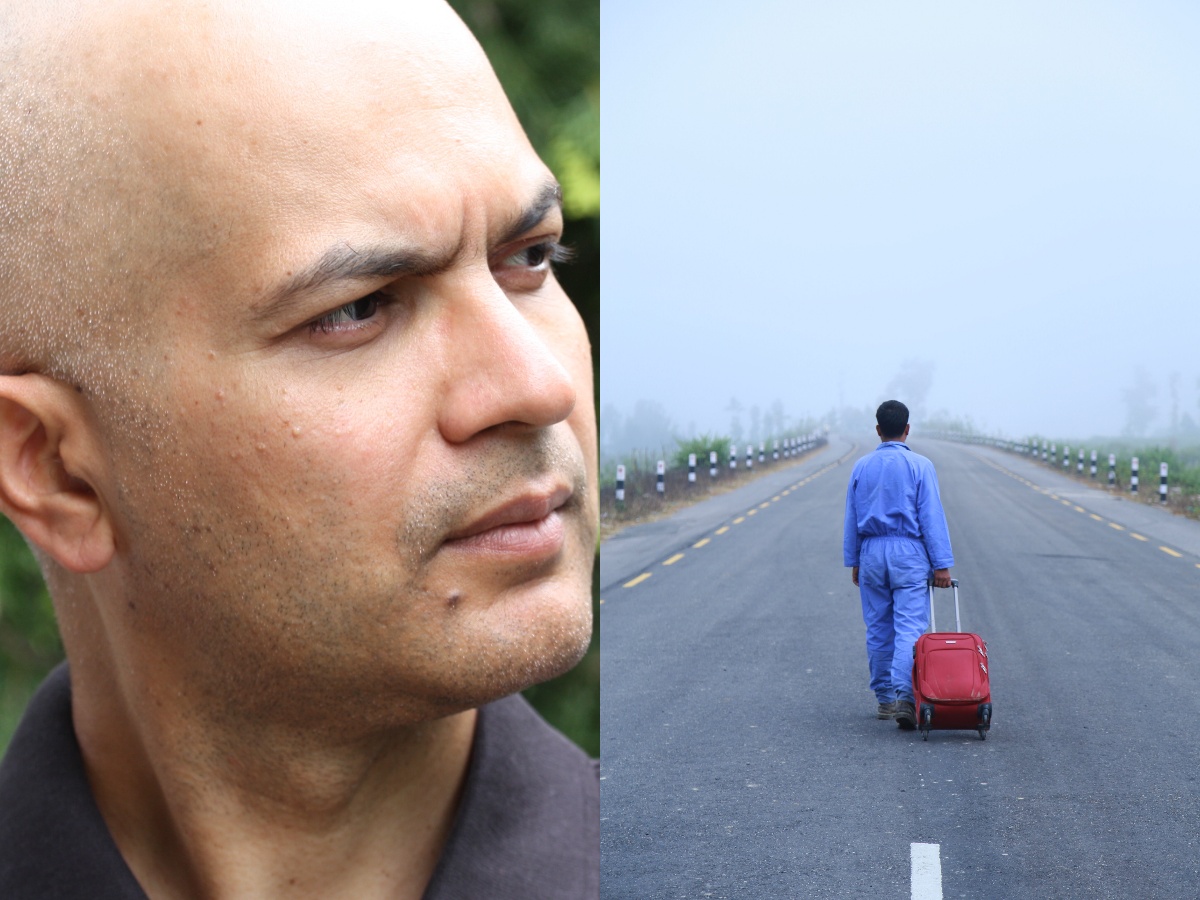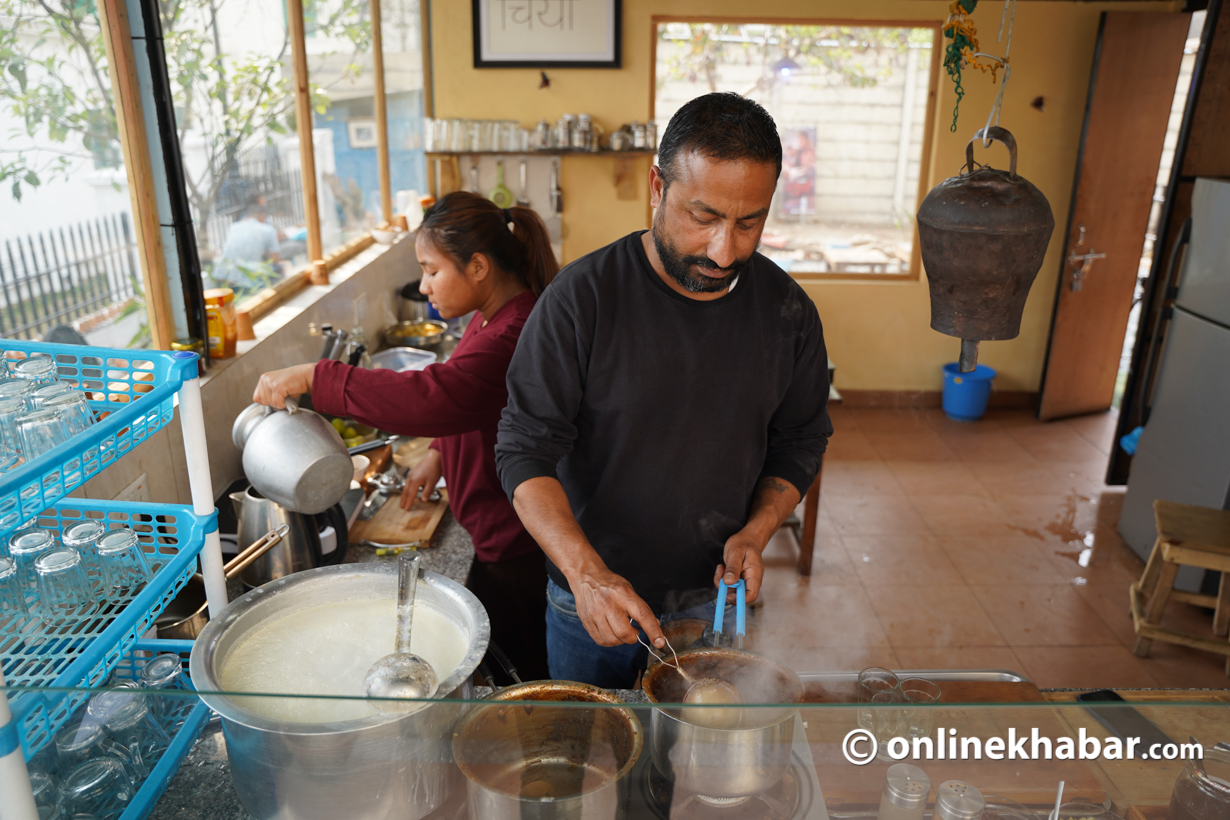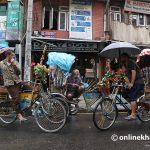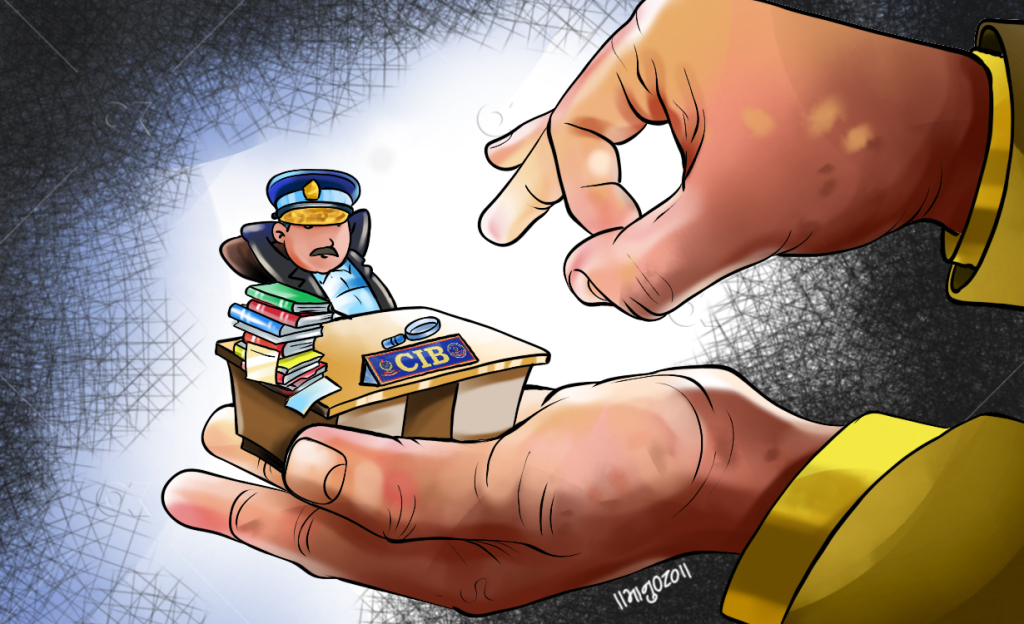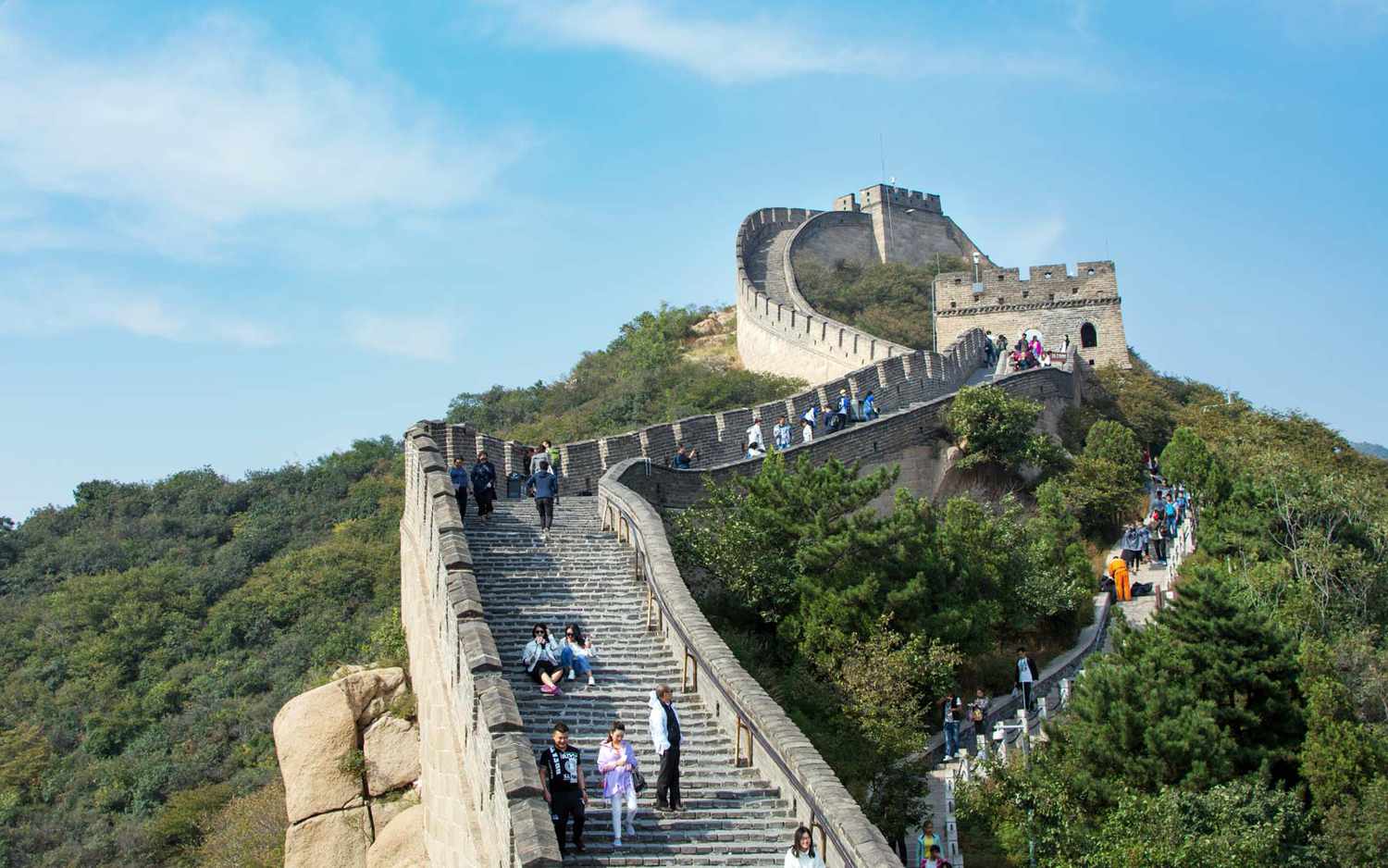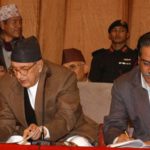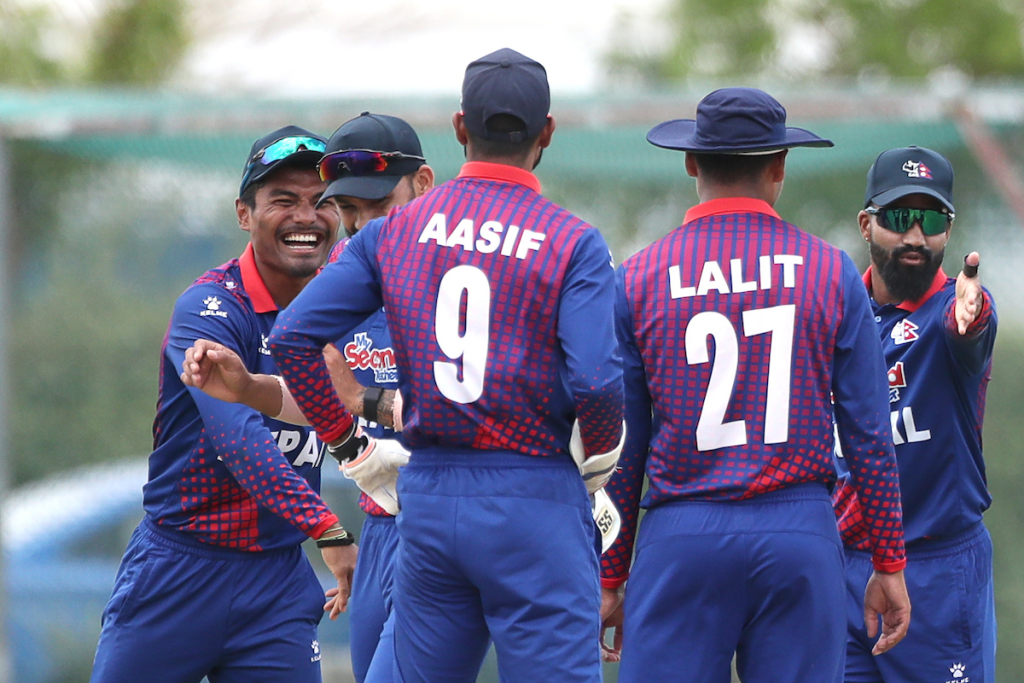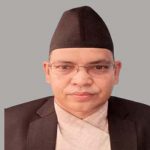
Götz Hagmüller has spent a lifetime restoring historical buildings in Nepal. He is best known for his restorations of the Patan Museum and the Garden of Dreams. He even brought one building, the Cyasilin Mandap on Bhaktapur Darbar Square, back to life from the pages of history. His contributions to conservation of heritage buildings in Nepal are not merely one of design and technique but of astute blends of technology and innovation with tradition.
His life in Nepal is full of wonderful achievements, magical encounters with the country’s rich culture, a lifelong association with Bhaktapur and some memorable anecdotes, which he recounts in his recently published biography. Kapil Bisht met the renowned architect and his wife Ludmilla Hungerhuber to listen to their tales of life in Nepal.
When and why did you first come to Nepal?
I first came here in 1969, on a UN mission. I was working for the Food and Agriculture Organisation of the United Nations at the time. I came here to do a study on wood usage in housing. Nepal at that time was still heavily on the hippy trail. People of my age were hippies travelling here, you know. So it was of course attractive, from that point of view. But I was a young UN officer. I was thrilled by it. This was all before the traffic. At that time there were only four or five jeeps available in all of Kathmandu. It was only, I think, at the time of the coronation of King Mahendra, when Boris Lissanevitch was around, that the government allowed 700 cars to be imported tax-free to have vehicles in the capital for all the important events.
I rented one of the four cars that were available in Kathmandu for hire and drove out to Bhaktapur. I looked at the city and it was just amazing. I was also impressed by the availability of hashish.
A few years later, I was asked to become project manager of the Bhaktapur Development Project (BDP). I was making films at that time in Austria. I was about to begin work on a TV documentary when I got this offer. I already had the money for it. Christoph Waltz [of Django Unchained fame] was my lead actor. I thought, films I can do later, but this chance I don’t want to miss. My first contract was for two years. But one thing led to another. I got the Austrian government involved here on the Patan museum. And I found this beautiful house here in my first year in Bhaktapur. So I stayed on.
And, this is still an oasis in the middle of the chaotic development. I hate the development in Kathmandu. In that respect, Bhaktapur is doing quite well. But it still goes on. When we used to look at the city from our roof there were only tiled roofs. Now it’s all concrete.
You travelled to several countries in Asia in 1969 and afterward dreamed of settling down either in Bali or Nepal. So what made you settle in Nepal?
Nepal’s beautiful architecture. It’s just amazing, you know. One of the most beautiful traditional architectures in the world. There was nothing comparable. Rich and poor people alike possessed beautiful buildings. The people were extremely friendly and welcoming.

In 2010, after living in Kutu Math for 27 years, you told an interviewer that restorations to the house were ongoing. Are you done now?
It’s still ongoing. Every year there is something new that has to be done. It’s not that I had to or have to repair things, but I still feel the need to constantly improve things visually, mainly the garden. It was just an empty space when I moved in.
How long did it take for you to get this garden to its present state?
37 years. And I am still working on it, mainly because everything grows so fast.
Any memorable incident from your time at the BDP?
Götz: Many, but one funny incident comes to mind. On the day, Helmut Kohl, the German Chancellor, was to inaugurate the Wood Carving Museum on Dattatreya Square, he decided to go on a walk through Bhaktapur. He arrived at Dattatreya Square an hour before the scheduled time of the ceremony. So to pass time he suggested we go to see my house. Kohl and his entourage came up the stairs…
Ludmilla: The photographers were poised, like they always were on that state visit, to take photos just in case Kohl got stuck in one of the small, narrow doorways. He was quite a big guy. (Laughs).
Götz: The painter Robert Powell was staying with me then. We were working on a catalogue for the opening ceremony. We had worked all night on it, so all of Robert’s stuff was strewn about the living room. We never imagined that Kohl would come to our house. Robert was exhausted, his girlfriend was dressed in his shirt, the living room was a mess. Ludmilla stood on the door into our study to prevent the group from going there and seeing the mess.
You, together with Niels Gutschow, rebuilt Cyasilin Mandap. How did that come about?
The German Chancellor Helmut Kohl was coming to Nepal on a state visit in 1987, so the old question arose: What present should he bring? Heinrich Seemann, the Protocol Chief in Bonn who had earlier suggested restoring the Pujari Math as a wedding gift to King Birendra, said restoring another building would make a better gift than a porcelain set or something like that. I was asked to make a proposal. Niels Gutschow and I proposed rebuilding the Cyasilin Mandap, which had once been an important building on Darbar Square, and we had photos taken by Gustav Le Bon that showed the building in its historical state. An engraver in Paris had made etchings after Le Bon’s photos of the Mandap. Because the etchings bore his signature (H. Kohl) someone came up with the story that the engraver had been a great-granduncle of Helmut Kohl’s.
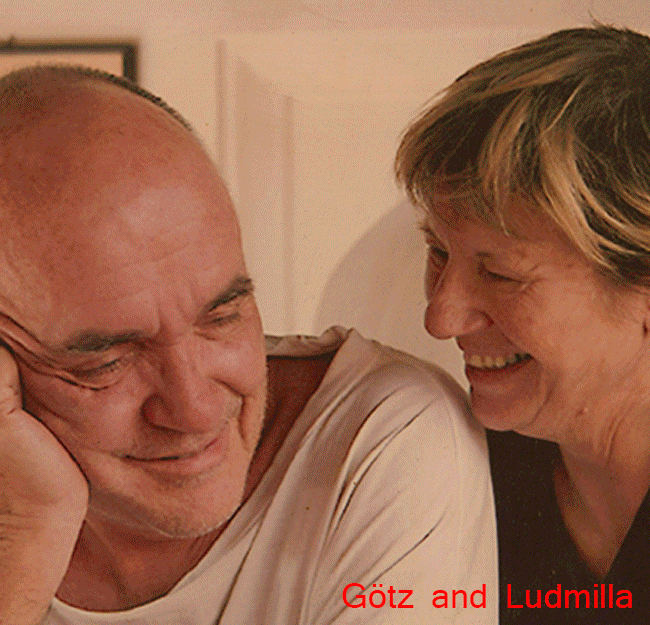
Is there a building that you would have liked to renovate or rebuild?
I am not working anymore. But people do ask my opinion a lot on these matters. The Pujari Math is one building that Ludmilla and I would like to see restored. The National Art Gallery is another building that needs attention.
Ludmilla: He would love to improve each and every museum in Kathmandu if he had the energy and money.
You haven’t done a major renovation after the Garden of Dreams. Why is that?
Because it’s exhausting work. There are so many parties involved, and keeping them all happy is impossible. And the politics! When the board of directors of the Garden of Dreams learned that I intended to do a book about the garden, they told me not to do it because they planned to publish a book of their own and feared my book would be a competition to theirs. They are yet to publish that book by the way. Anyway I’ve used large parts of that proposed book in my recently published biography.
Was the unprecedented move to have non-government officers like scholars and art curators in the Patan Museum’s board of directors and making it semi-autonomous your idea?
Yes. I was inspired by the example of my home-town Vienna to change the traditional authority of public institutions in the cultural field to include non-governmental experts in their administration.
You have often called the three cities of the Valley the most beautiful in the world. There has been a lot of disfiguration of that beauty since you first came here. Where do you think it all went wrong?
It’s something that happens over time and everywhere. We had the same kind of change happening in Europe after the Second World War. More historical buildings were destroyed in Austria and Germany after the Second World War than during it.
Unpleasant thing about Nepal?
Well, we are still trying to get our permanent residency visa. It’s an annual travail. We prepare all the required papers, present it to the authorities, only to be told that there has been a slight change to the rules.
You have worked with Nepali bureaucracy a lot. Given that even Nepalis have trouble negotiating the notorious mesh that is the bureaucracy, how hard was it for you, a foreigner, to get things done here?
Ludmilla and I like to say that Nepal is everywhere. Even in Austria. I know this because one of my brothers and my son are both architects, and they continuously had to fight the government of Vienna. Now there is the possibility that Vienna might be added to the list of Endangered World Heritage Sites because there are plans to build a tall tower in the middle of the old part of the city.
Did you develop some skills in time to cope with this problem in Nepal?
Yes, like we wanted to do a cement floor in the building in Patan Museum that serves as an apartment for visiting artists and scholars. In order not to alarm the authorities we did it on a holiday. And I had similar disputes with the UNESCO rules about restoration, chiefly that no new materials should be used in an old building. To that, my answer always has been that the most authentic thing about a heritage building is its design. I cite the example of the Ise Shrine in Japan, which is rebuilt every two generations no matter what. There, only the design is original.
Every architect must find his own style, but if a budding Nepali architect were to ask you for advice, what would it be?
Don’t make the ceilings so high. Nowadays the ceilings in Kathmandu are stupidly high. In spite of the inconvenience caused by the small traditional doors of Kathmandu, even the kings of Nepal stooped when entering like the common people. The low doors and ceiling heights give the towns of the Valley their human scale. I’ve lived in this house for 37 years and I still bump my head on the low doorways. But I don’t mind.
The post-earthquake reconstruction continues to spark controversy with incidents like using concrete pillars in Rani Mahal or the use of beer bottles in the foundation of Kasthamandap. What do you make of all this?
We, too, experienced many difficulties because of this culture of granting contracts to the lowest bidder. We wanted the most competent, not the lowest bidder. We fought many long battles for that. It helped that I had at least control over the money, which was donated to my projects.
There is one positive that came from the 2015 earthquake: it’s easier to get money for restoration. In the process of restoring heritage buildings after a quake there is also an opportunity to improve things. For example, the Patan Museum has a shortage of power. So we are working on installing solar panels to generate more power.
What is next for you now that your book is published?
I might be an advisory consultant for a new museum in Bhutan.
Hagmüller ‘s biography is available at Vajra Books (www.vajrabooks.com.np; 01-4220562)




